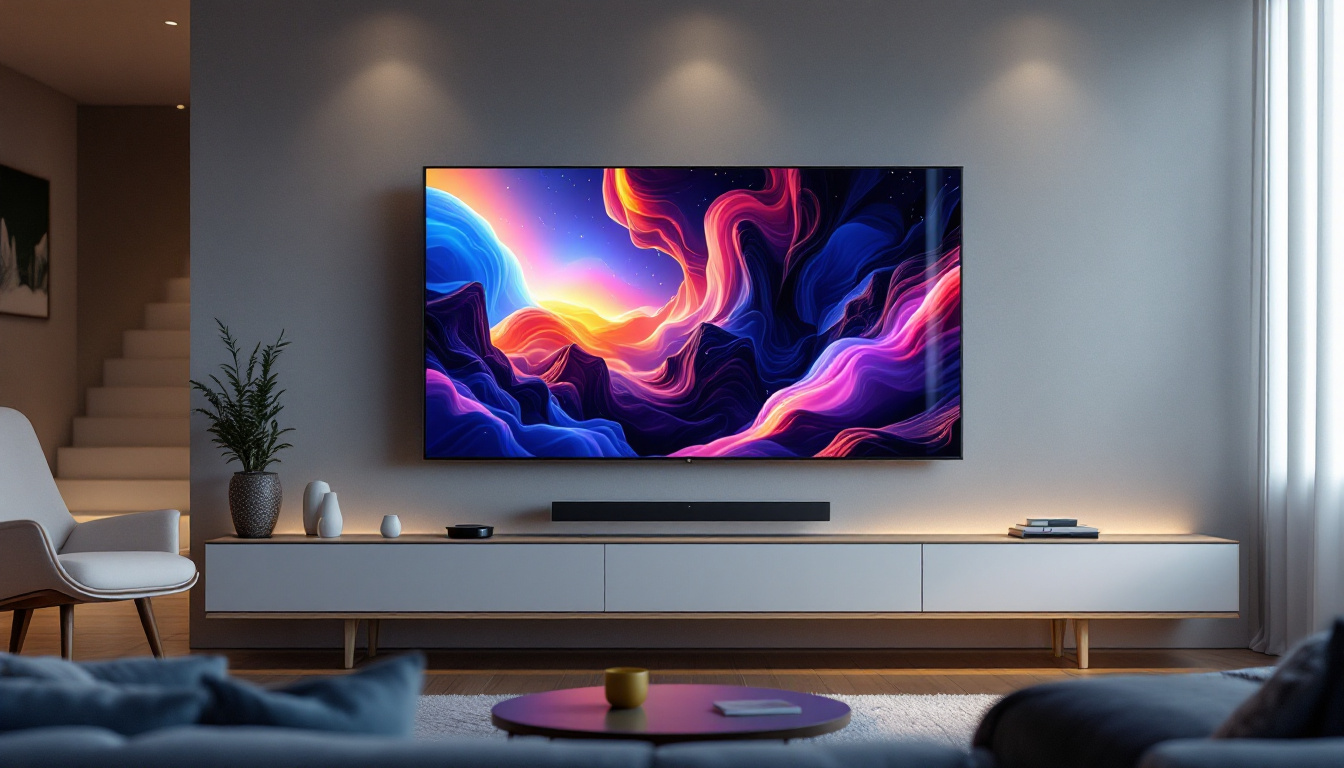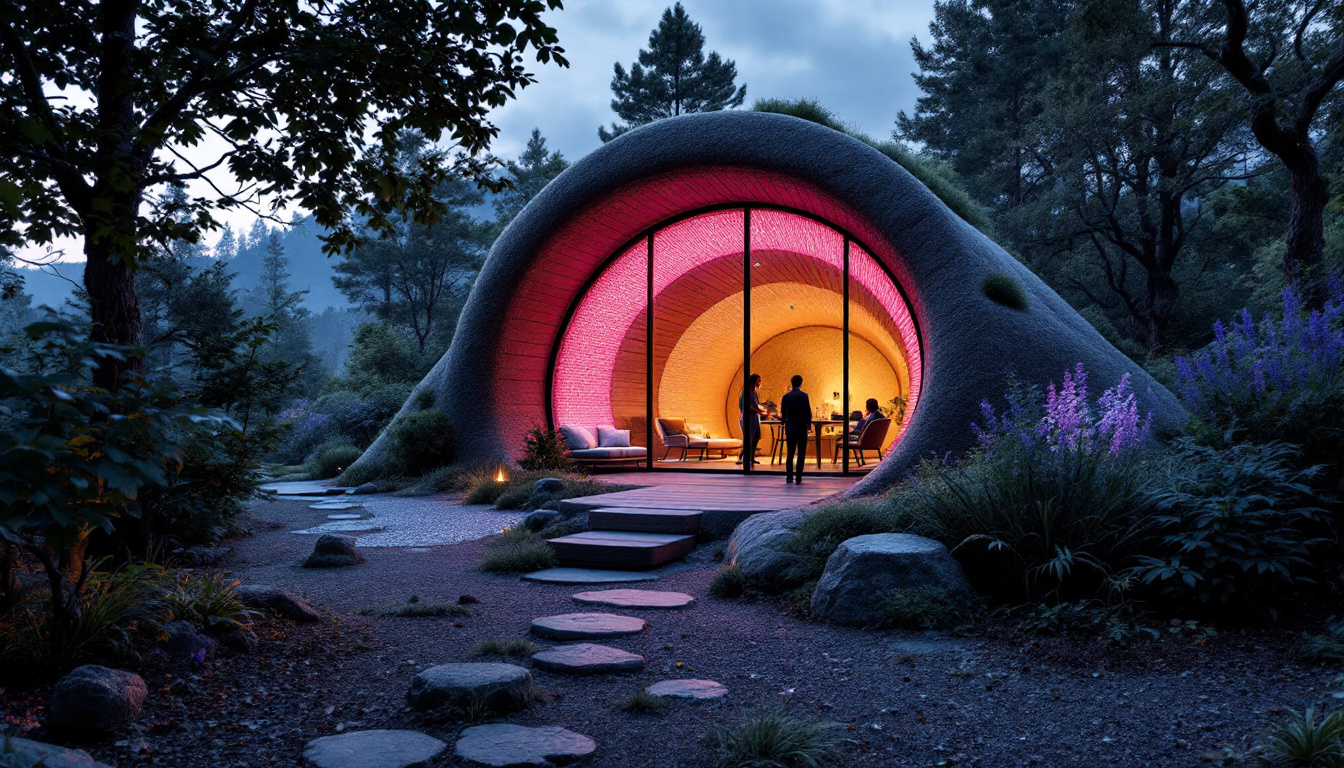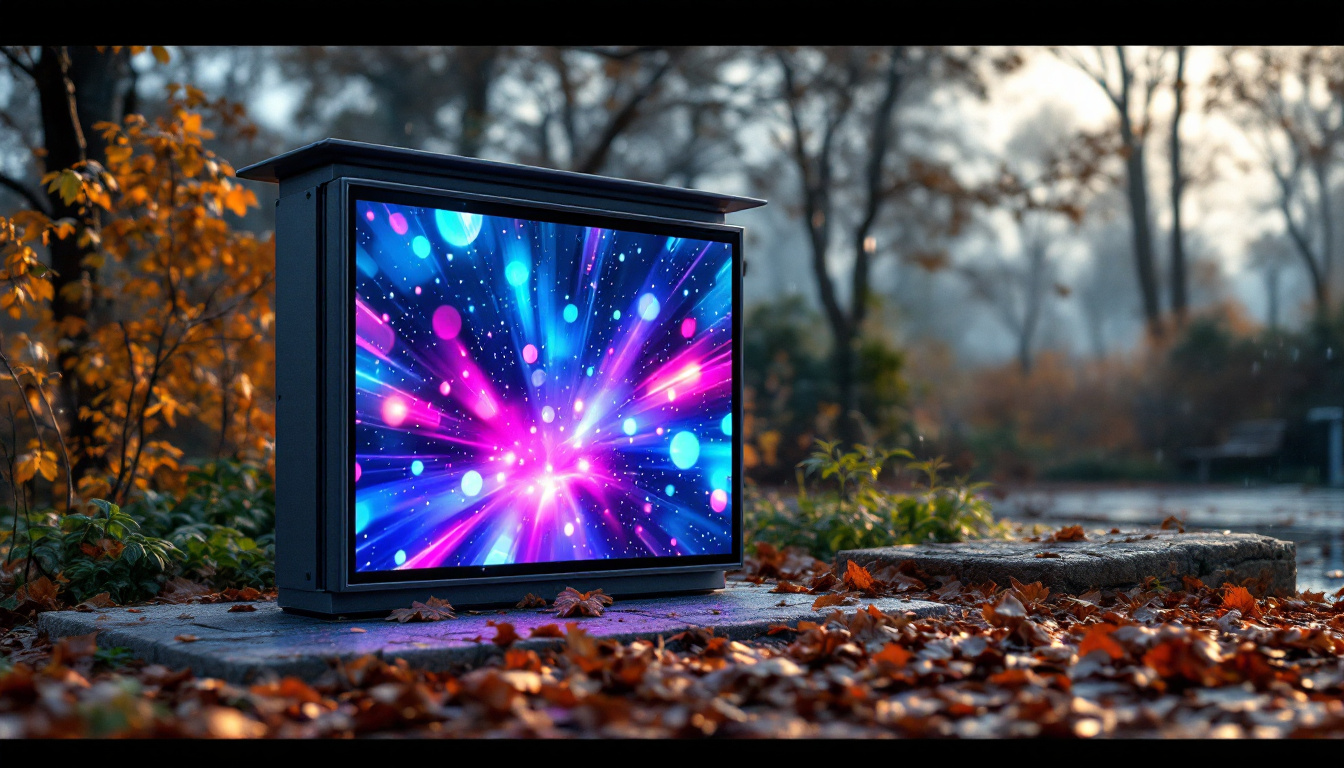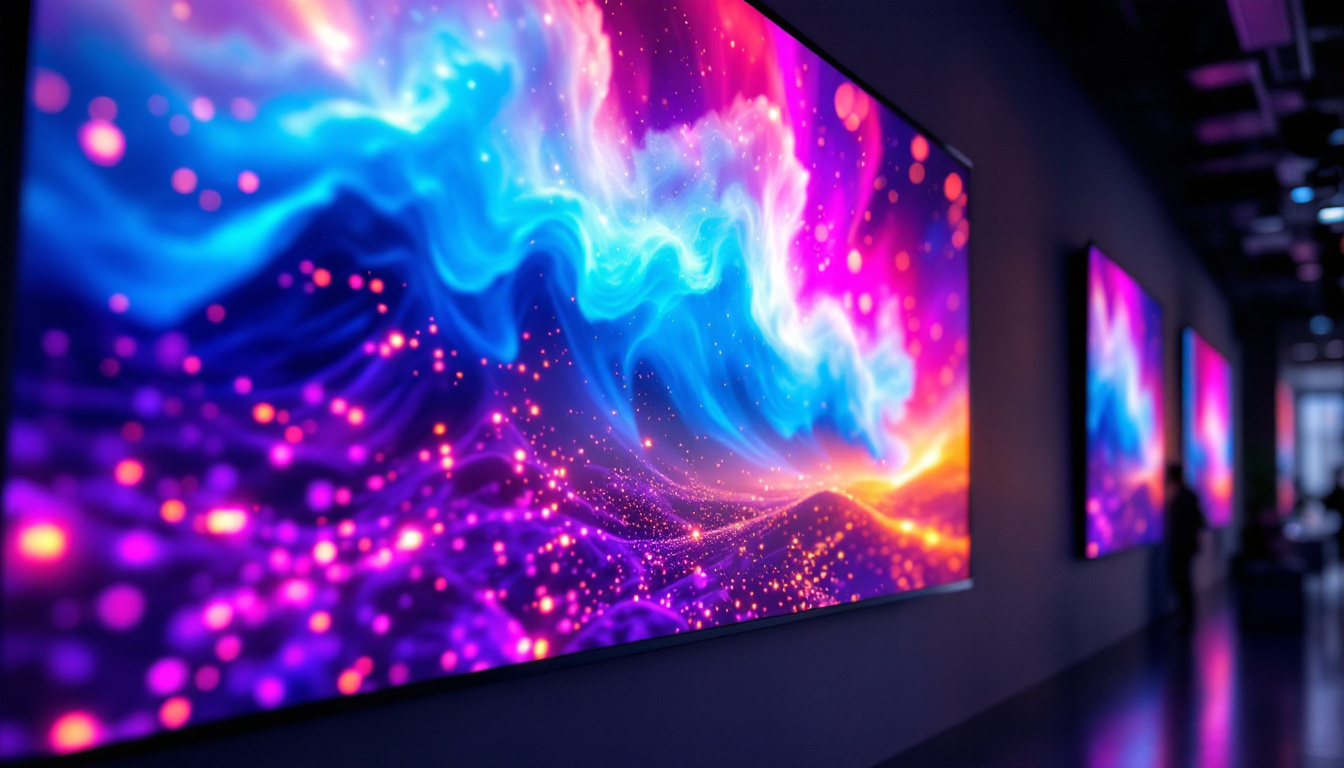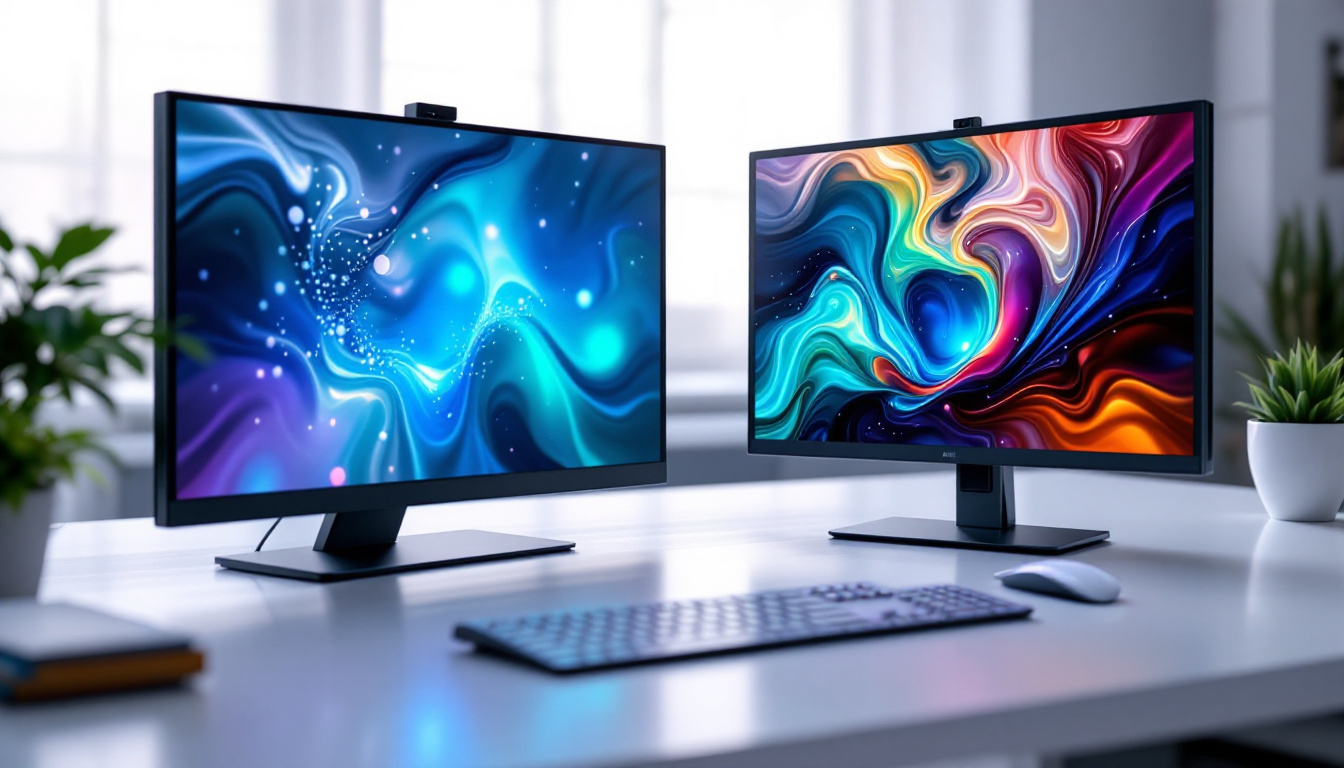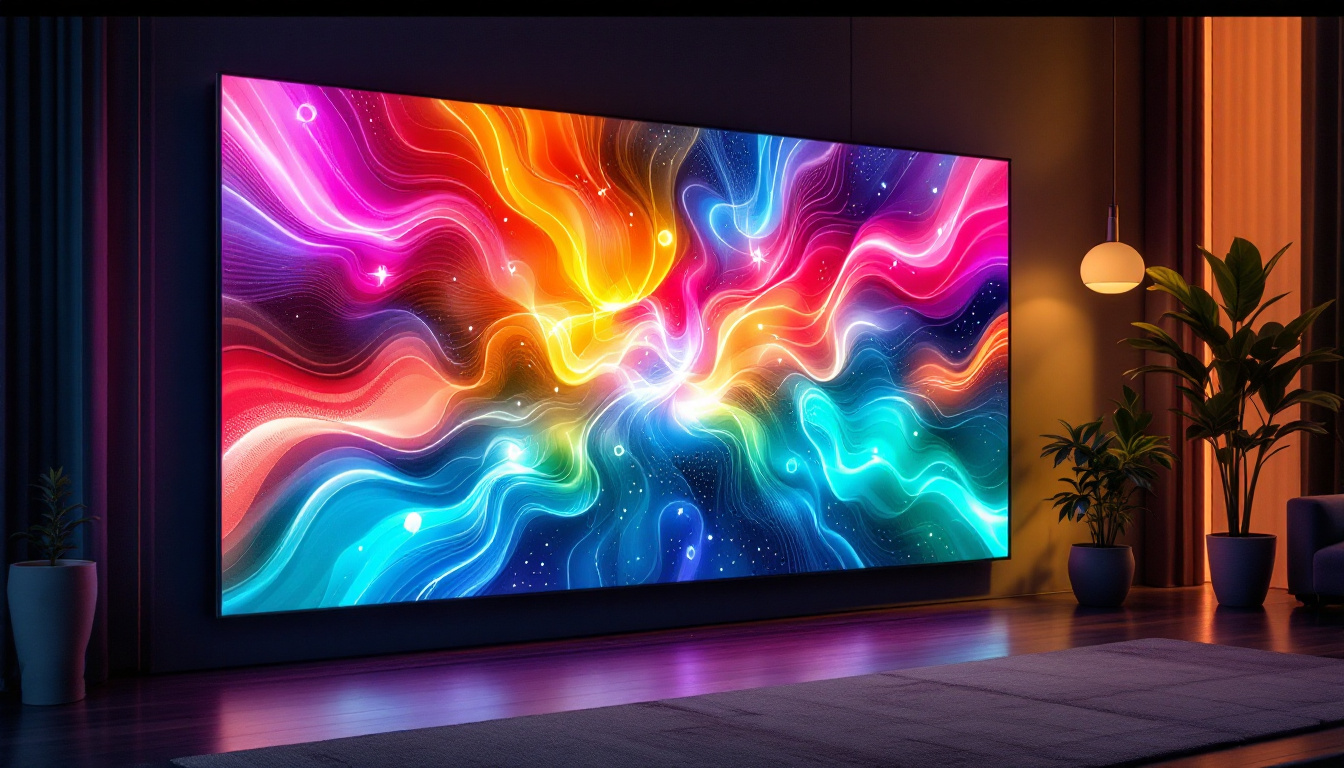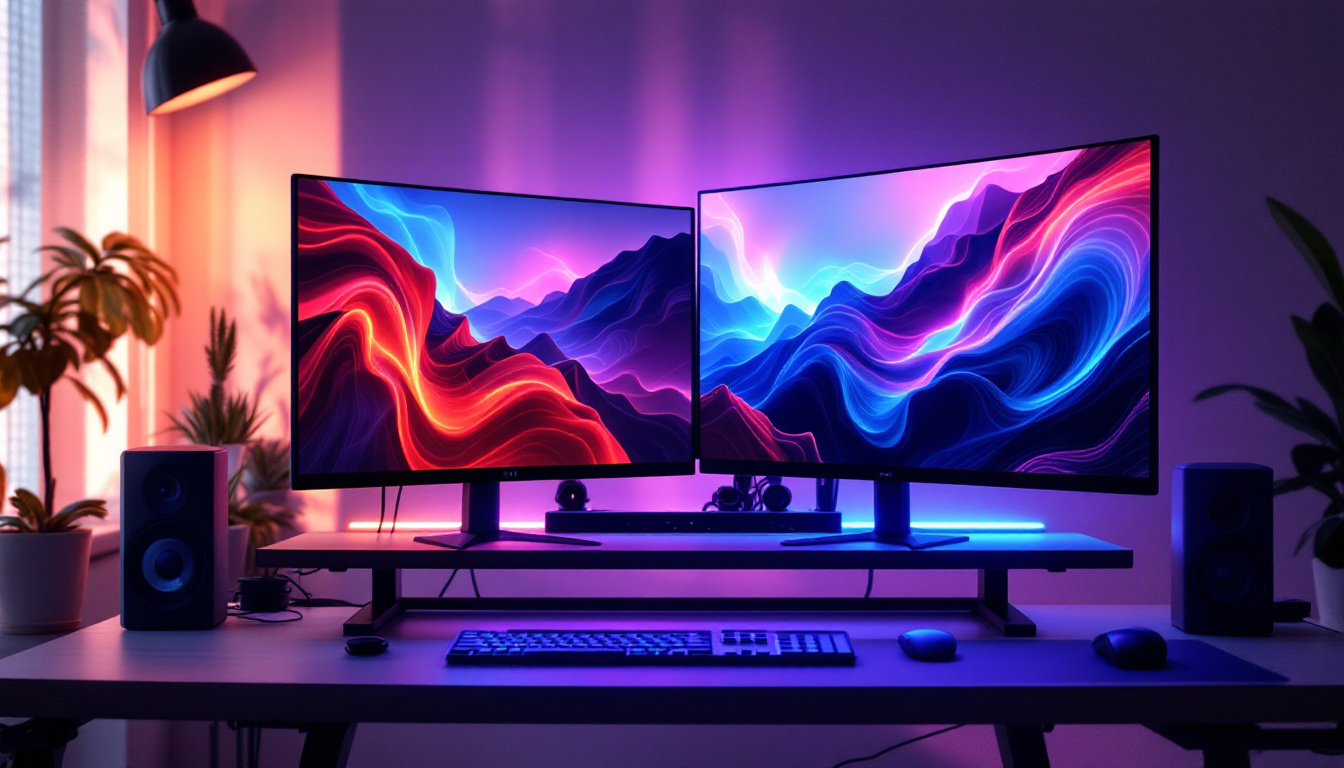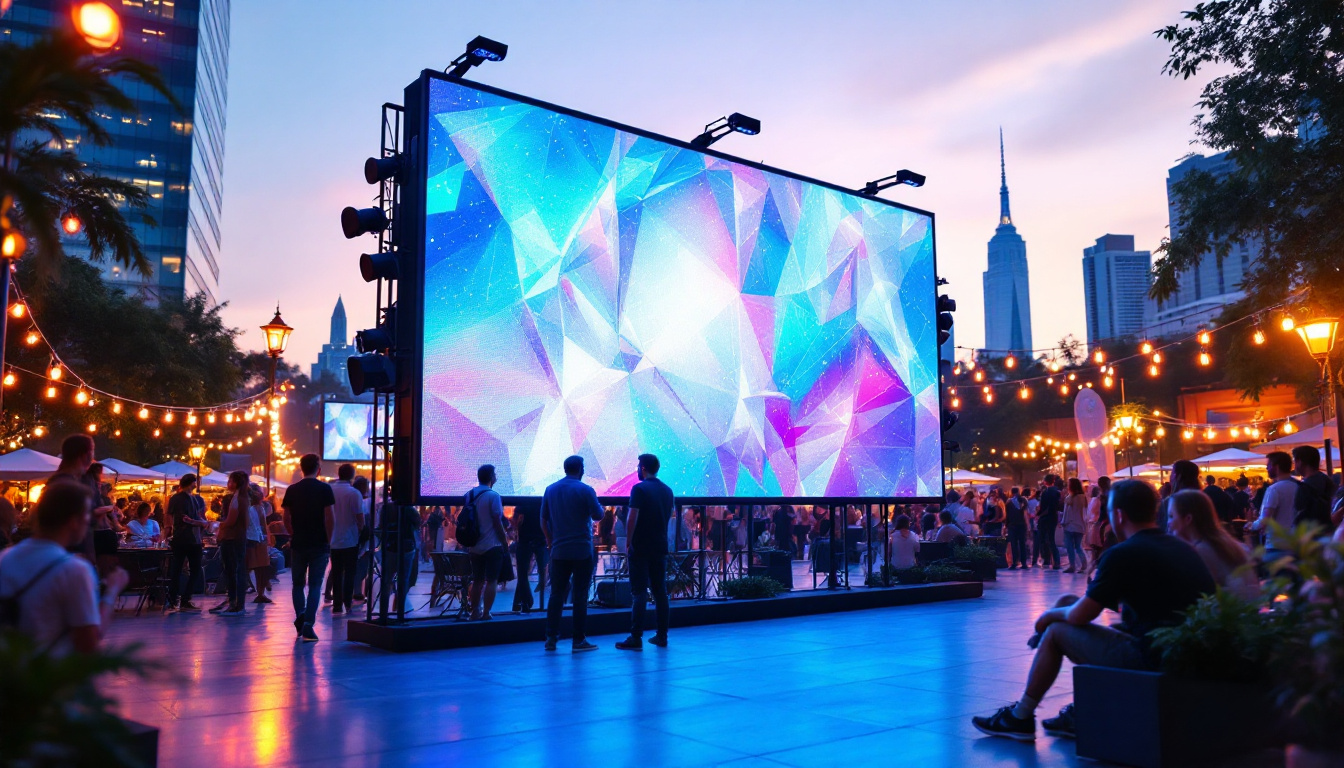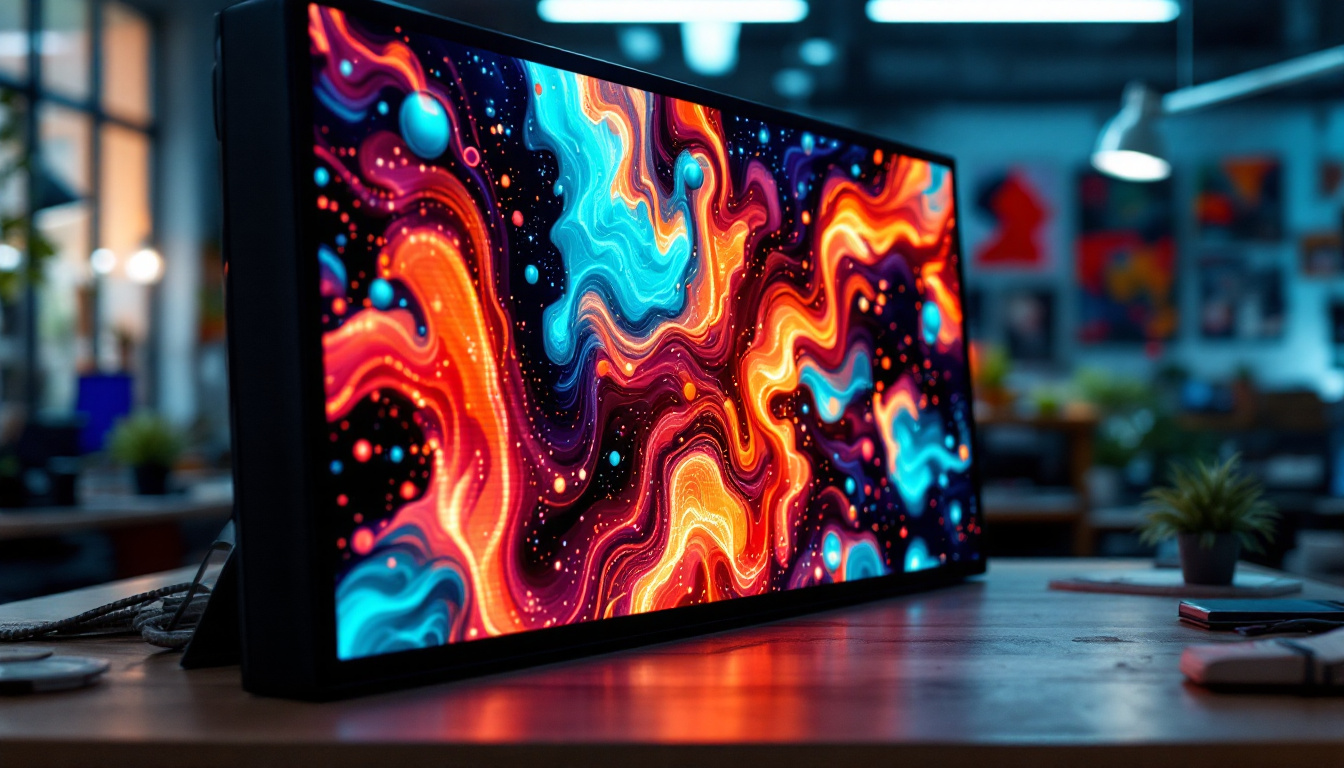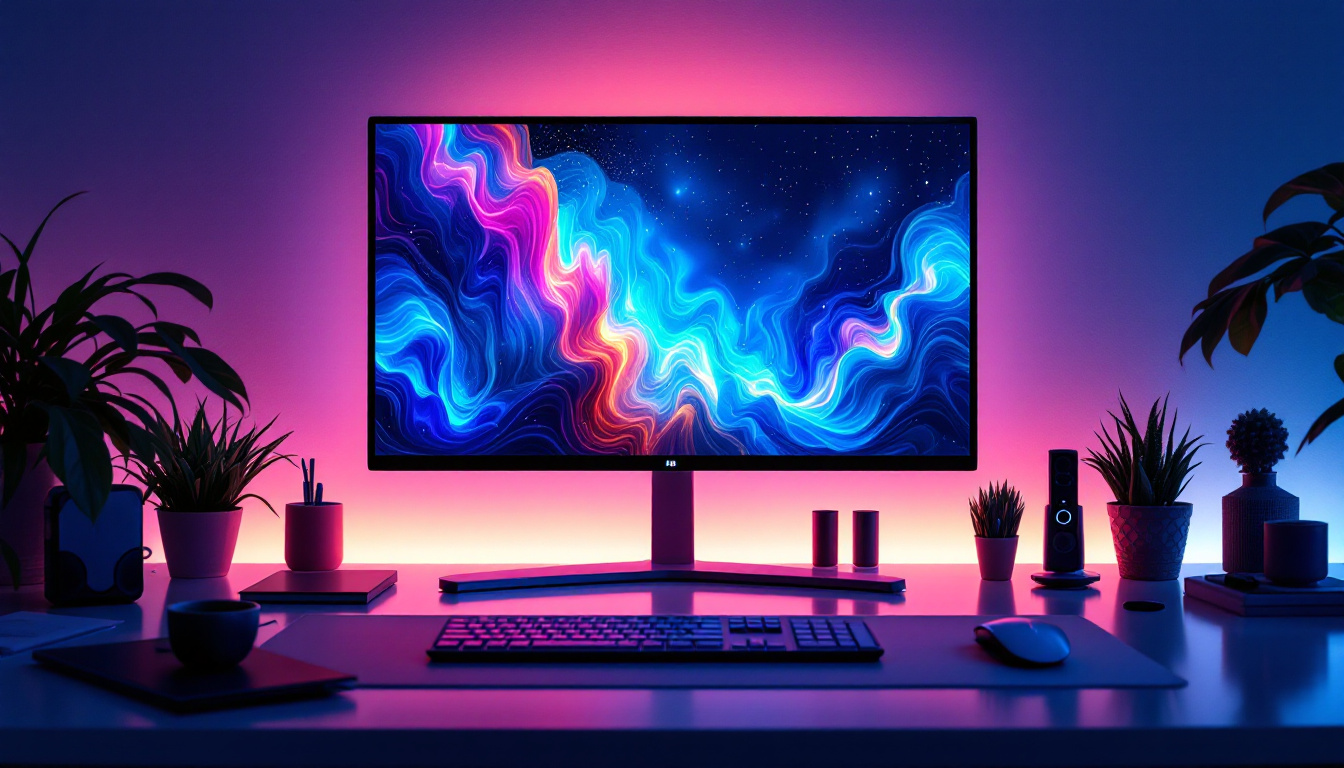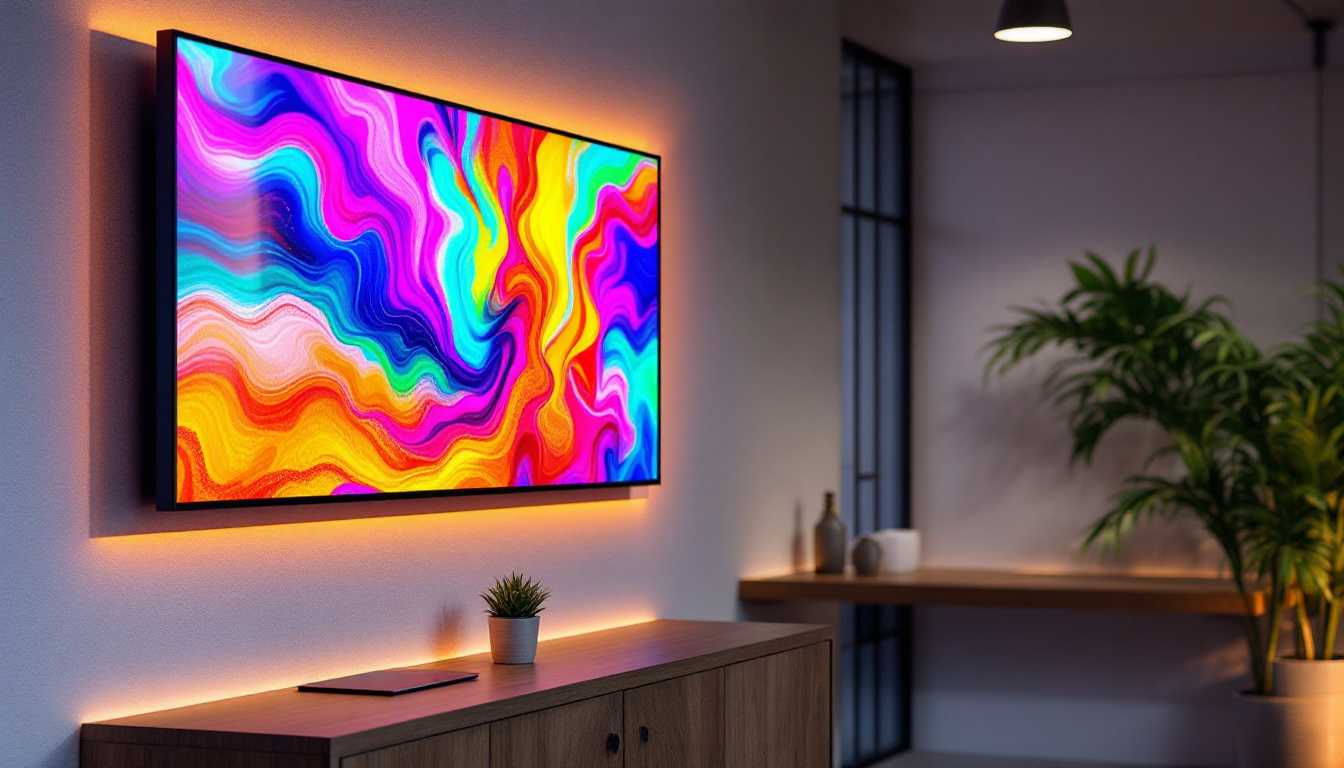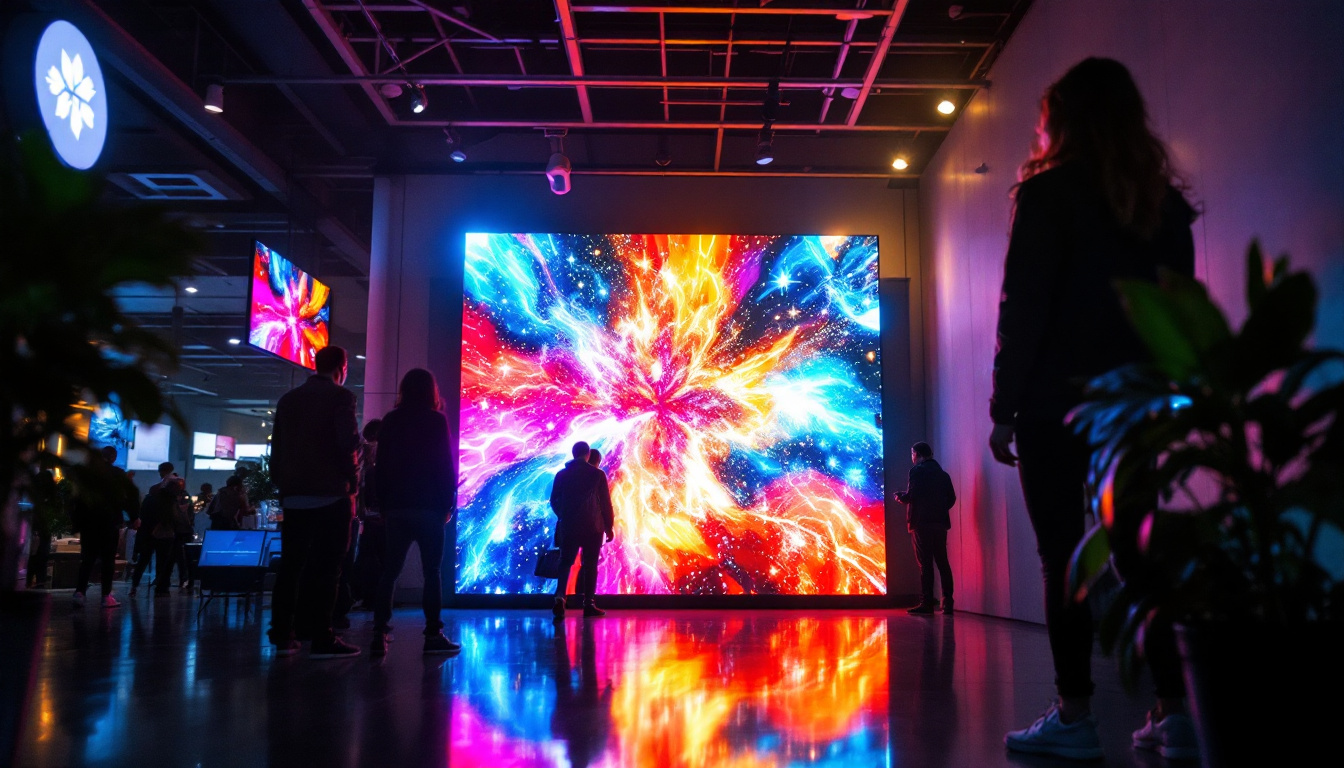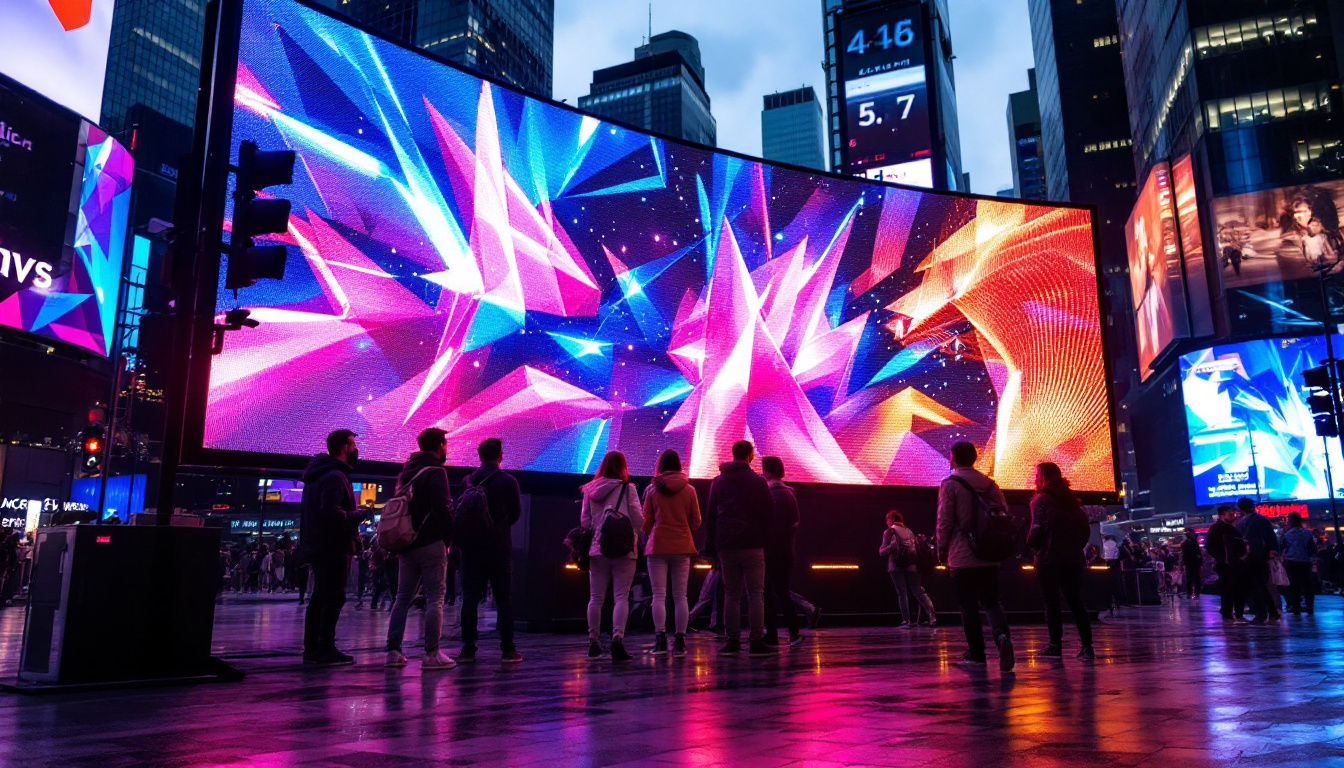Modular TVs: LED Display Explained
In the rapidly evolving world of television technology, modular TVs have emerged as a groundbreaking innovation. These versatile displays provide a unique solution for both residential and commercial applications, allowing for a customizable viewing experience. This article delves into the intricacies of modular TVs, particularly focusing on LED display technology, its advantages, and its future in the market.
Understanding Modular TVs
Modular TVs represent a shift away from traditional television designs. Instead of a single, static screen, these televisions consist of multiple smaller panels that can be arranged in various configurations. This modularity not only allows for larger screen sizes but also enables users to tailor their viewing experience to fit specific needs and environments.
The Concept of Modularity
The core concept behind modular TVs is flexibility. By using smaller LED panels, users can create a display that suits their space, whether it’s a cozy living room or a large conference hall. This adaptability is especially beneficial for businesses that require dynamic signage or presentations, as they can easily adjust the size and shape of their display based on the audience or event.
Moreover, the modular design facilitates easier upgrades and repairs. Instead of replacing an entire screen when a single panel fails, users can simply swap out the affected module, reducing downtime and maintenance costs.
LED Technology: The Heart of Modular Displays
At the core of most modular TVs is LED (Light Emitting Diode) technology. LED displays are known for their vibrant colors, high brightness levels, and energy efficiency, making them an ideal choice for both home entertainment and professional environments.
LED technology works by using a series of diodes to emit light, which is then modulated to create images. This process allows for a wide color gamut and excellent contrast ratios, resulting in stunning picture quality. Additionally, LED panels can be made thinner and lighter than traditional LCD screens, further enhancing the appeal of modular designs.
Advantages of Modular LED Displays
Modular LED displays offer a range of benefits that contribute to their growing popularity. From superior image quality to enhanced customization options, these displays are revolutionizing the way viewers engage with content.
Superior Image Quality
One of the standout features of modular LED displays is their exceptional image quality. With high resolution and the ability to produce deep blacks and bright whites, these screens provide an immersive viewing experience. The individual panels can be calibrated to ensure uniform brightness and color accuracy across the entire display, eliminating the common issue of color inconsistency found in traditional TVs.
Furthermore, many modular LED displays support high dynamic range (HDR) content, which enhances the contrast and color range of images. This feature is particularly beneficial for movie enthusiasts and gamers who seek the most realistic visuals possible.
Customization and Scalability
Customization is perhaps the most significant advantage of modular TVs. Users can choose the number of panels, their arrangement, and even the aspect ratio, allowing for a tailored viewing experience that meets specific preferences. Whether one desires a widescreen format for movies or a more square configuration for gaming, modular TVs can accommodate these needs.
Scalability is another critical aspect. As technology advances or viewing needs change, users can easily add or remove panels to upgrade their systems without the need for a complete overhaul. This flexibility makes modular TVs a future-proof investment.
Space Efficiency
In today’s world, where space is often at a premium, modular TVs offer a practical solution. Their ability to be configured in various shapes and sizes means they can fit into spaces that traditional TVs cannot. Whether mounted on a wall or used as a freestanding display, modular TVs can be designed to complement the aesthetics of any room.
Additionally, their lightweight design makes installation easier and less invasive. Many modular displays can be mounted with minimal hardware, reducing the risk of damage to walls and ceilings.
Applications of Modular LED Displays
The versatility of modular LED displays makes them suitable for a wide range of applications. From home entertainment systems to large-scale commercial installations, the potential uses are vast and varied.
Home Entertainment
In residential settings, modular TVs can transform the viewing experience. Home theater enthusiasts can create expansive screens that wrap around corners or fit perfectly into unique spaces. This customization allows for a more immersive experience, enhancing the enjoyment of movies, sports, and gaming.
Moreover, the ability to configure the display for different activities means that users can easily switch between a traditional TV setup and a more cinematic experience, depending on their needs.
Commercial Use
In commercial environments, modular LED displays are increasingly being used for advertising, presentations, and interactive displays. Retailers can create eye-catching signage that captures the attention of customers, while businesses can utilize these displays for dynamic presentations in meetings or conferences.
Furthermore, the modular nature allows for quick reconfiguration, making it easy to adapt to different events or promotional campaigns. This flexibility is invaluable in fast-paced business environments where change is constant.
Public Spaces and Events
Modular LED displays are also making their mark in public spaces and events. From concerts to sports arenas, these displays can be arranged to create stunning visual experiences that engage audiences. Their ability to be scaled up or down means they can be used in both intimate settings and large venues, ensuring that everyone has a great view.
Additionally, the high brightness levels of LED technology make these displays suitable for outdoor use, allowing for vibrant visuals even in direct sunlight. This capability opens up new possibilities for advertising and entertainment in outdoor environments.
Challenges and Considerations
While modular LED displays offer numerous benefits, there are also challenges and considerations to keep in mind. Understanding these factors can help potential users make informed decisions about their investment.
Cost Implications
One of the primary challenges associated with modular TVs is the cost. While prices have been decreasing as technology advances, modular displays can still be significantly more expensive than traditional televisions. The initial investment may be a barrier for some consumers, especially those who are not looking for the advanced features that modular systems provide.
However, it is essential to consider the long-term benefits, such as reduced maintenance costs and the potential for upgrades. For businesses, the ability to create dynamic displays that can adapt to various needs may justify the initial expenditure.
Installation and Setup
Another consideration is the installation and setup process. While modular TVs are designed to be user-friendly, the configuration of multiple panels can be complex. Proper alignment and calibration are crucial to ensure a seamless viewing experience, which may require professional assistance.
Additionally, users must consider the space and mounting options available. Ensuring that the display is securely mounted and that there is adequate power supply and connectivity is essential for optimal performance.
Technological Advancements
The rapid pace of technological advancement can also be a double-edged sword. While modular LED displays are at the forefront of innovation, the fear of obsolescence may deter some buyers. As new technologies emerge, existing systems may quickly become outdated.
To mitigate this concern, it is advisable to invest in systems that offer upgrade paths or compatibility with future technologies. Staying informed about industry trends can also help users make choices that align with their long-term goals.
The Future of Modular TVs
The future of modular TVs looks promising, with continued advancements in LED technology and display design. As consumer demand for customizable and high-quality viewing experiences grows, manufacturers are likely to invest more in this area.
Integration with Smart Technology
One of the most exciting prospects for modular TVs is their integration with smart technology. As the Internet of Things (IoT) continues to expand, modular displays could become central hubs for home automation and entertainment. Imagine controlling lighting, sound, and even other devices directly from your modular TV interface.
Moreover, advancements in artificial intelligence could enhance the user experience, allowing for personalized content recommendations and seamless integration with streaming services.
Environmental Considerations
As sustainability becomes a more pressing issue, the television industry is also focusing on reducing its environmental impact. Modular TVs, with their ability to be upgraded and repaired easily, may contribute to a more sustainable approach to consumer electronics.
Manufacturers are likely to explore eco-friendly materials and energy-efficient technologies, further aligning with global sustainability goals. This shift could make modular TVs an attractive option for environmentally conscious consumers.
Broader Adoption in Various Sectors
As awareness of the benefits of modular displays increases, it is expected that their adoption will broaden across various sectors. Education, healthcare, and hospitality are just a few areas where modular TVs can enhance communication and engagement.
In educational settings, for example, modular displays can facilitate interactive learning experiences, allowing for collaborative projects and presentations. In healthcare, they can be used for patient information systems or entertainment in waiting areas, improving the overall patient experience.
Conclusion
Modular TVs equipped with LED display technology represent a significant advancement in the television landscape. Their flexibility, superior image quality, and adaptability make them an appealing choice for both consumers and businesses alike. While there are challenges to consider, the benefits often outweigh the drawbacks, particularly for those seeking a customizable viewing experience.
As technology continues to evolve, modular TVs are poised to become even more integrated into our daily lives, offering innovative solutions that cater to the diverse needs of modern viewers. Whether for home entertainment or commercial applications, the future of modular TVs is bright, promising a more engaging and personalized viewing experience for all.
Discover LumenMatrix’s Innovative LED Solutions
Ready to elevate your viewing experience with the latest in LED display technology? LumenMatrix offers an extensive range of cutting-edge LED display modules tailored to your unique needs. From captivating Indoor and Outdoor LED Wall Displays to dynamic Vehicle and Sports LED Displays, our solutions are designed to enhance brand visibility and create immersive visual experiences. Embrace the future of visual communication with our Custom, All-in-One, and Transparent LED Displays. Check out LumenMatrix LED Display Solutions today and transform your space into a hub of engagement and creativity.

